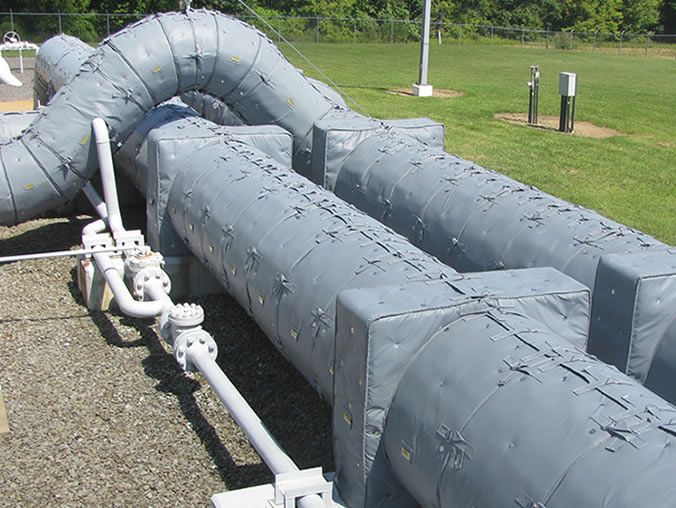Shannon prides itself on the quality of its reusable industrial insulation blankets; that quality is achieved through a CAD-CNC-ERP system. We’ve discussed CAD and CNC in earlier posts, but what does ERP mean and how does is translate to a high-grade product?
ERP stands for “enterprise resource planning,” and very simply is a type of software that compiles a business’ data and manages it.
“ERP is business process management software that allows an organization to use a system of integrated applications to manage the business and automate many back-office functions,” said Mike Makofsky, Shannon’s Northeast regional manager.
“Let’s say you have a big bucket of information: dates, phone numbers, codes, costs, territories. You would organize it and shuffle the deck, so you can pull a report any number of ways.”
Often functioning similar to a pivot table in Microsoft Excel, ERP software aggregates a large amount of business information into a database, organizing it into a number of fields. A worker can search these fields and cross-reference them to provide analytics. For Shannon, its ERP system allows managers to pull reports about any aspect of how its industrial insulation blankets are made or deployed or even how the overall business operates, making it exponentially easier to analyze performance.
“It helps you run your business in different ways,” said Makofsky.
In addition to organizing this data, an ERP system is constantly updating itself as new information enters its system, and can even automate certain business functions, freeing employees to work in other areas. When it comes to designing industrial insulation blankets, Shannon’s ERP system keeps track of all of the financial aspects and communications between sales representatives and a client.
The ERP system also records the measurements of the components to be fitted for industrial insulation blankets. The design team then taps this data to optimize the fit of the blanket and create one that fits its intended component like a glove, every time.

